Description
AL shifa Natural Herbal Laboratories (Pvt) Ltd
Cassia, Chinese type, Indonesian type and Vietnamese type [Cinnamomum aromaticum (Nees) syn. Cinnamomum cassia (Nees) ex Blume, Cinnamomum burmanii (C.G. Nees) Blume and Cinnamomum loureirii Nees
Cassia, Chinese Cinnamon
Latin name: Cinnamomum cassia Blume (Lauraceae), Cinnamomum aromaticum (Nees)
Sanskrit/Indian name: Sthula tvak, Taja
General information:
Chinese Cinnamon is a popular culinary ingredient worldwide. Various benefits of the herb have been documented in Greek, Arabic and Chinese literature.
In the 2001 edition of Review of Natural Products, Chinese Cinnamon has been documented as a diuretic. The essential oil has shown analgesic and germicidal properties. The German Commission E and The British Herbal Pharmacopeia recommend the herb in treating loss of appetite and dyspepsia.
Therapeutic constituents:
The aroma and the flavor of Chinese Cinnamon comes from an essentialoil extracted from the bark, which contains the compound cinnamaldehyde. In low dosages, cinnamaldehyde is a central nervous system stimulant and alleviates spasms. Melilotic acid, also found in Chinese Cinammon, has anti-ulcerogenic properties.
Key therapeutic benefits:
The herb is used in gastrointestinal disorders such as mild stomach spasms, bloating and flatulence.
Because of its strong aroma, it stimulates the central nervous system.
Chinese Cinnamon is also used to treat ulcers.
Cinnamomum Cassia Benefits
Cinnamomum cassia (Cassia Oil) is a vital ingredient when making traditional Easter biscuits! It also offers a range of health benefits. Cinnamomum cassia is valued for its ability to kill bacteria, fungi and viruses. It is used to treat a wide range of conditions, especially by Chinese medical practitioners.
What is Cassia
Cinnamomum cassia is a spice that is produced from the inner bark of the cinnamomum verum tree which is native to Sri Lanka. It is also known as true cinnamon, Chinese cinnamon, Chinese cassia or cinnamomum zeylanicum. It tends to be sold under the name Cinnamon when in the form of a spice, as powder or sticks of bark. However when it is sold as an essential oil it often has the name cinnamomum cassia.
Cinnamomum cassia essential oil
Various methods are used to obtain cinnamomum cassia essential oil, such as drying and grinding the seeds and steaming the bark, leaves, twigs and flowers. Cassia produces a slightly sweet aroma, and it imparts a spicy taste that has a slight bite.
Health Benefits
Traditional practitioners use cinnamomum cassia to treat a variety of maladies, including:
blurred vision
bloodshot eyes
constipation
high blood pressure
diabetes
stomach and muscle spasms
diarrhea
erectile dysfunction
flatulence
kidney disorders
nausea and vomiting
cramps
bed wetting
menstrual problems
cancer
to incite abortion
depression
Antimicrobial Action
Positive reports about the essential oil from NIH confirm that the cinnamomum cassia tree contains cinnamaldehyde, a chemical that seems to counteract bacteria and fungi.
Killing Bacteria
The U.S. National Library of Medicine cites the early use of spices for antimicrobial purposes, in fact it is mentioned in one of the oldest known medical books, and is mentioned several times in the Bible Much more recently, around the year 1676, Van Leeuwenhoek described some effects of using spices. Current interest in cinnamaldehyde is showing potential for development as an antimicrobial agent in food. Problems with adding a sufficient quantity of a flavorful spice such as cinnamon include the way that it alters the taste of food.
Halting Fungal Infections
Cinnamomum Cassia oil is used for athlete’s foot, a condition that can occur from walking on communal shower floors and saunas as well as swimming pools. Cinnamomum cassia is a well known and highly regarded antifungal agent.
Killing Viral Infections
A virus is smaller than a single cell bacteria, so small that ordinary microscopes cannot detect it. More difficult to eradicate than bacteria, viruses are hampered by the cinnamaldehyde in cinnamomum cassia oil. Cinnamomum cassia is widely accepted as being an effective antiviral.
تج سک
ماہیت
اس کے درخت کی بلندی لگ بھگ تیس پینتیس فٹ ہوتی ہے۔یہ درخت ہمیشہ سرسبزرہتا ہے۔اس کےتنے کی گولائی چارپانچ فٹ ہوتی ہے۔اس کاتنا بالکل سیدھا ہوتا ہے۔چھال پھیکی اور لعاب دار ہوتی ہے۔جس کا رنگ دار چینی کی طرح بھورا یا زردی مائل بھورا ہوتا ہے۔لیکن دار چینی سے یہ موٹی ہوتی ہے۔اسی کو تج کہتے ہیں۔پتے بڑکے پتوں کے جیسے چھ سات انچ لمبے اور ڈھائی تین انچ چوڑے برچھی کی طرح چمکتے شاخوں پر لگے ہوتے ہیں۔اور لمبائی میں تین چار دھاریاں ہوتی ہیں۔یہ سفیدی مائل سبز خوشبو دار ہوتے ہیں۔ان کو تیزیات کہتے ہیں۔جو پیازی رنگ کے اور خوبصورت ہوتے ہیں۔بعد میں پک کرسفید یا زردی مائل اور کھردرے ہوجاتے ہیں۔جن سے لونگ کی طرح خوشبو ہوتی ہے۔ان کا استعمال اور افعال تیزپات میں دیکھیں ۔پھول سفیدی مائل کثرت سے ڈالیوں پر لگتے ہیں۔پھل گول نصف انچ لمبا ہوتاہے جو پکنے کے بعد کالا ہوجاتا ہے۔
اس کے درخت کی بلندی لگ بھگ تیس پینتیس فٹ ہوتی ہے۔یہ درخت ہمیشہ سر سبز رہتا ہے۔اس کے تنے کی گولائی چارپانچ فٹ ہوتی ہے۔اس کاتنا بالکل سیدھا ہوتا ہے۔چھال پھیکی اور لعاب دار ہوتی ہے۔جس کا رنگ دار چینی کی طرح بھورا یا زردی مائل بھورا ہوتا ہے۔لیکن دار چینی سے یہ موٹی ہوتی ہے۔اسی کو تج کہتے ہیں۔پتے بڑ کے پتوں کے جیسے چھ سات انچ لمبے اور ڈھائی تین انچ چوڑے برچھی کی طرح چمکتے شاخوں پر لگے ہوتے ہیں۔اور لمبائی میں تین چار دھاریاں ہوتی ہیں۔یہ سفیدی مائل سبز خوشبو دار ہوتے ہیں۔ان کو تیزپات کہتے ہیں۔جو پیازی رنگ کے اور خوبصورت ہوتے ہیں۔بعد میں پک کر سفید یا زردی مائل اور کھردرے ہوجاتے ہیں۔جن سے لونگ کی طرح خوشبو ہوتی ہے۔ان کا استعمال اور افعال تیزپات میں دیکھیں ۔پھول سفیدی مائل کثرت سے ڈالیوں پر لگتے ہیں۔پھل گول نصف انچ لمبا ہوتاہے جو پکنے کے بعد کالا ہوجاتا ہے۔
مقام پیدائش ۔ کشمیر ،کانگھڑہ ،شملہ کے پہاڑ ،یوپی بنگال کھاسیہ کے پہاڑوں سلہٹ اور برماکے علاوہ ہمالیہ میں بہت ہوتا ہے۔
مزاج ۔ گرم خشک درجہ دوم۔
افعال ۔ مقوی اعضائے بدن کاسرریاح قابض مدرحیض منفث بلغم ۔
استعمال ۔ بعض لوگ گرم مصالحے میں دار چینی کی جگہ استعمال کرتے ہیں لیکن یہ بات یادرکھیں کہ خوشبواور فوائدمیں دارچینی سے کم ہے۔اعضائے بدن خصوصاً معدے اور جگر کو طاقت دینے کیلئے مناسب ادویہ کے ہمراہ استعمال کرتے ہیں۔ادرار حیض کے نسخوں میں شامل کرتے ہیں۔چاول پکاتے وقت تج کا سالم ٹکڑا دیگیچی میں ڈال دیں اور جب چاول پک جائیں تو نکال کر پھینک دیں یہ چاول کھلانا ہر قسم کی پیچش میں نافع ہے کیونکہ یہ قابض ہونے کے باعث دستوں کو بند کرنے کیلئے مناسب ادویہ کے ہمراہ سفوف بناکرکھلاتے ہیں۔نزلہ زکام اور کھانسی کیلئے تنہا یا دیگر ادویہ کے ہمراہ شہد میں ملاکر چٹاتے ہیں۔ کاسر ریاح ہونے کی وجہ سے یہ معدے کے امراض میں خصوصاًمستعمل ہے۔
فوائد خاص ۔ مقوی معدہ و کبد ۔
مضر ۔ گردوں کے امراض میں۔
مصلح ۔ کتیرا ۔
بدل ۔ دارچینی۔
مقدارخوراک ۔ دو سے تین گرام تک







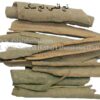

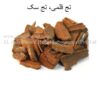


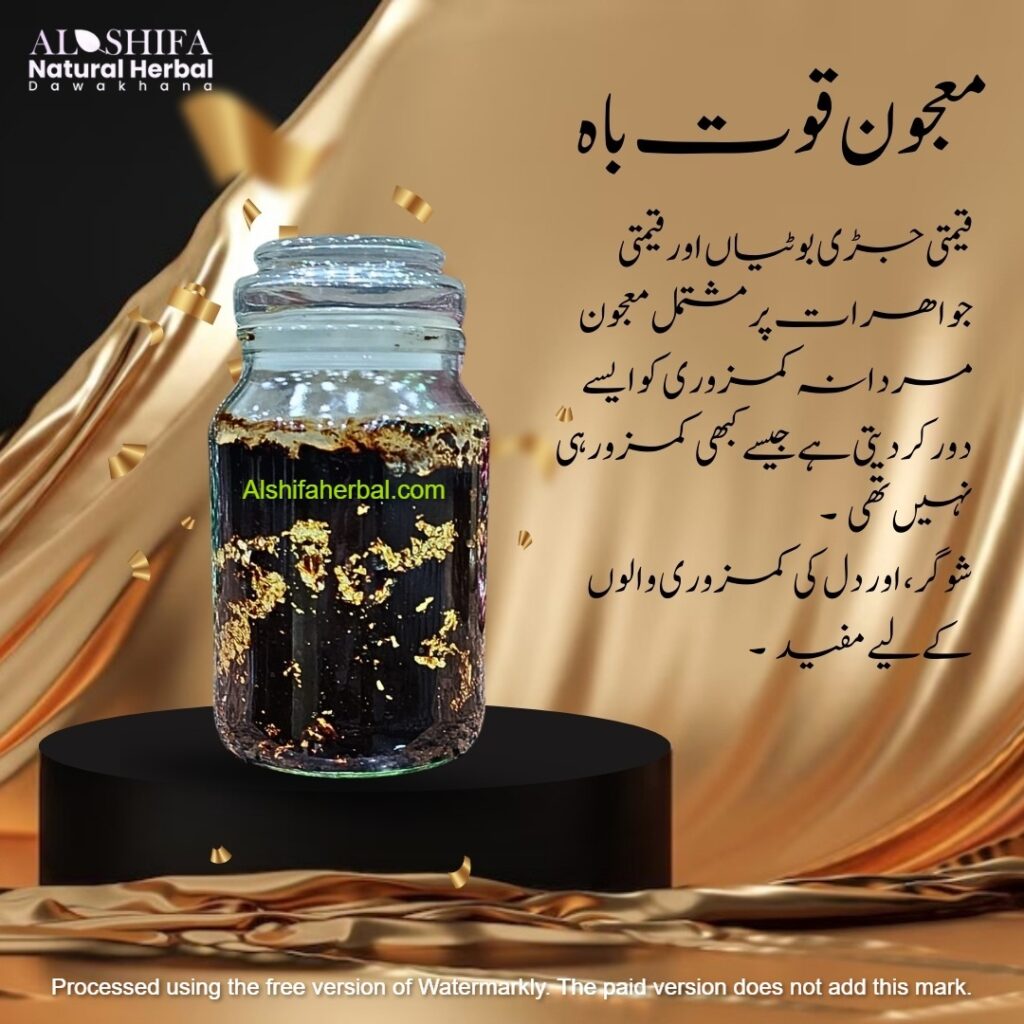
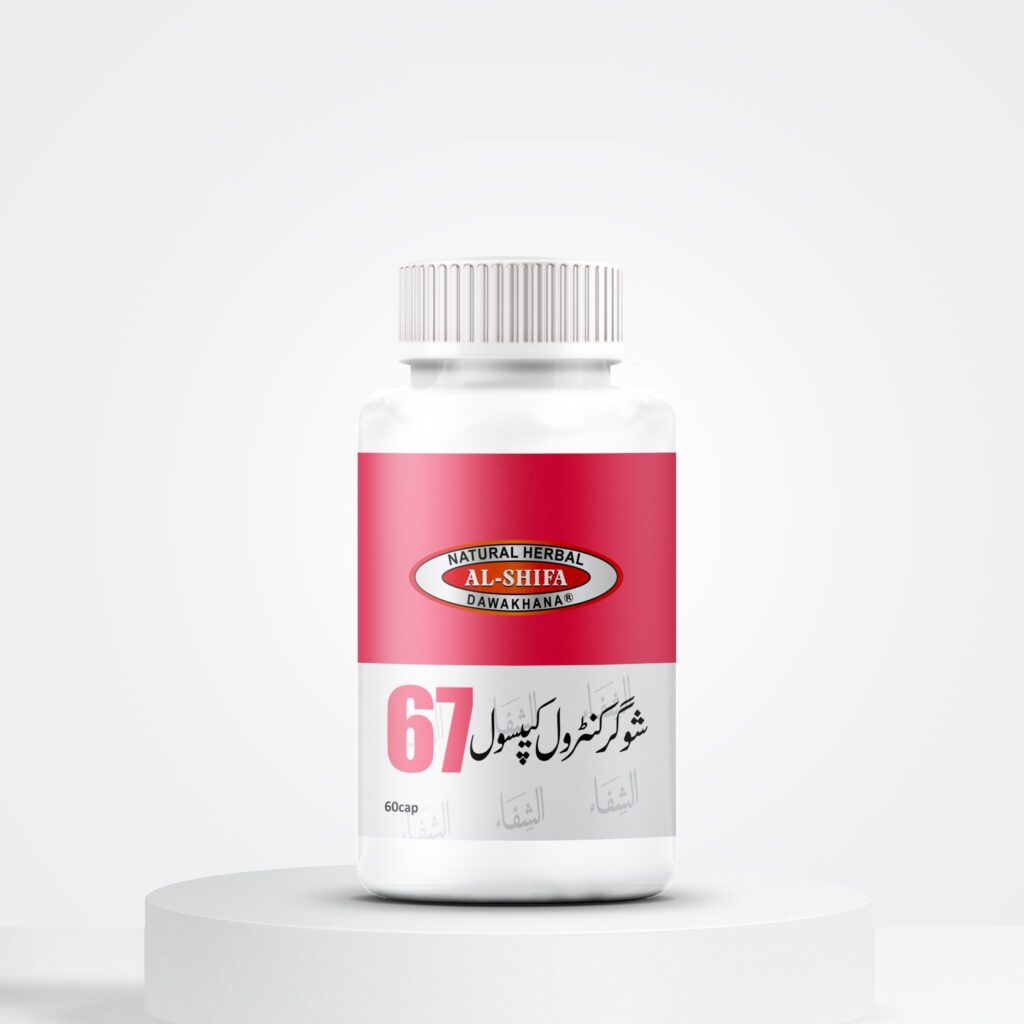
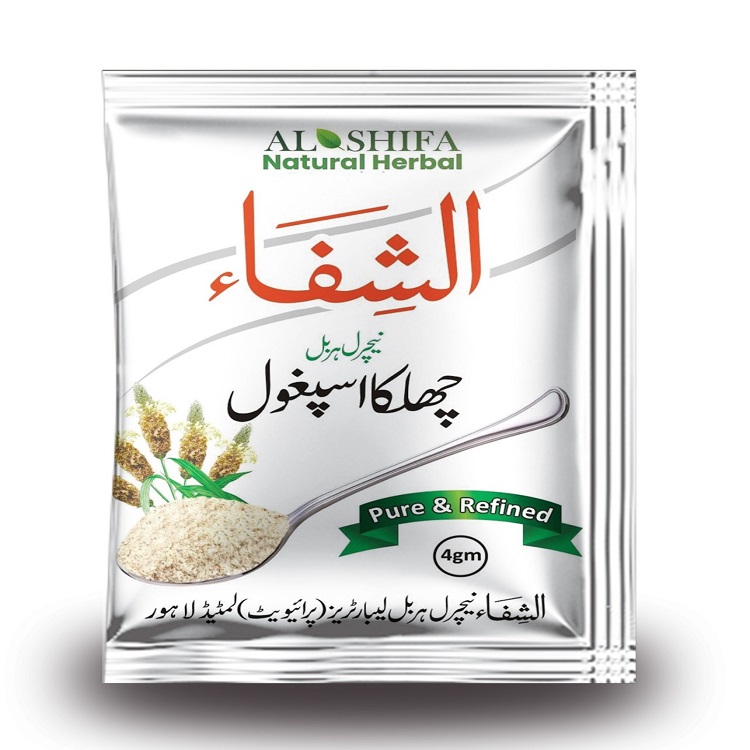



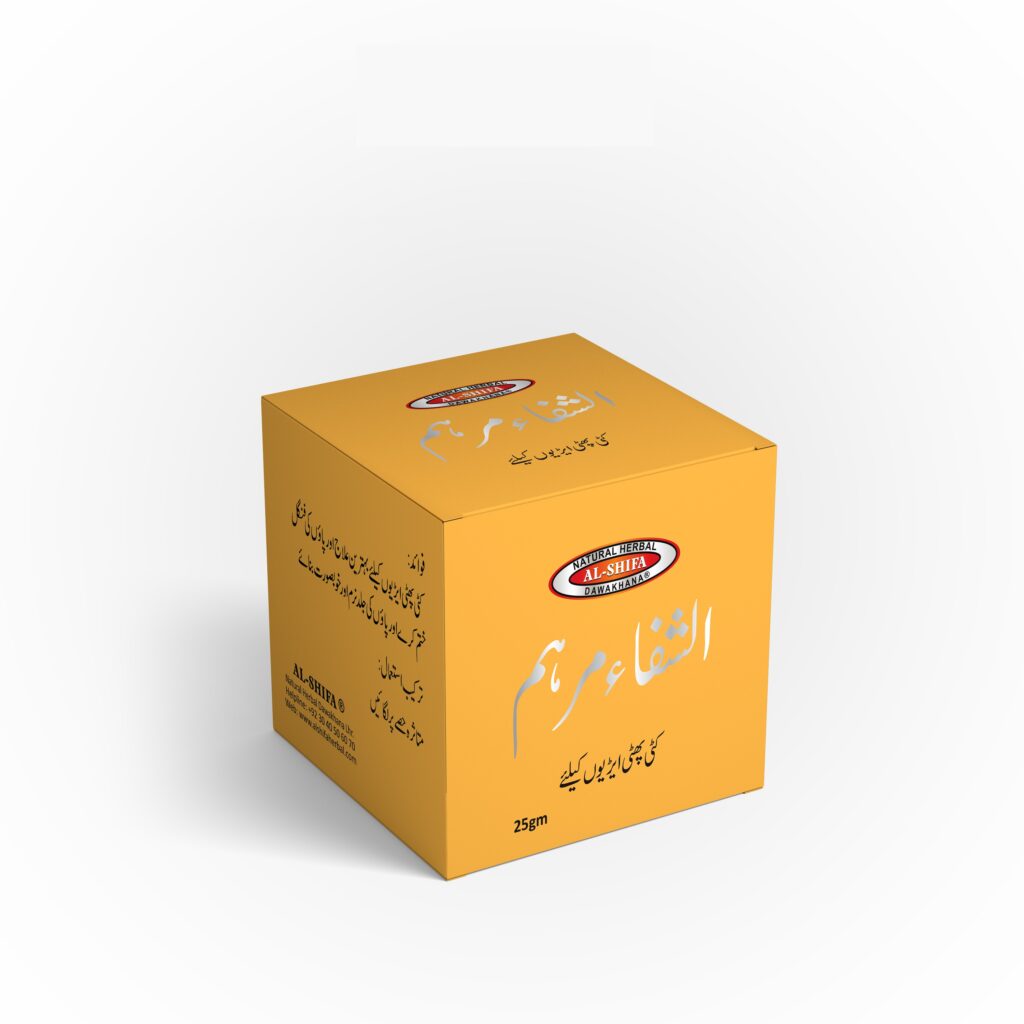



Reviews
There are no reviews yet.